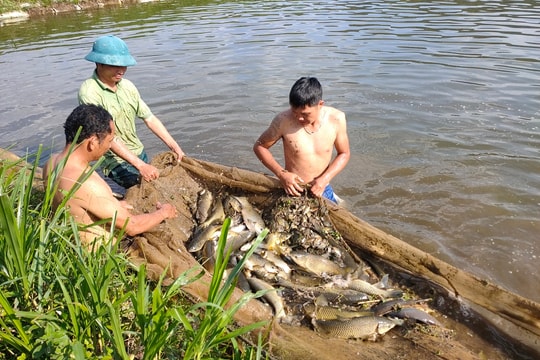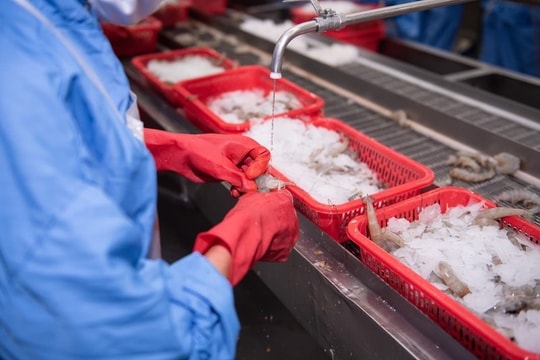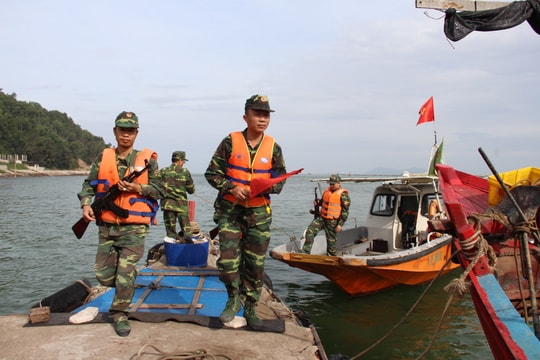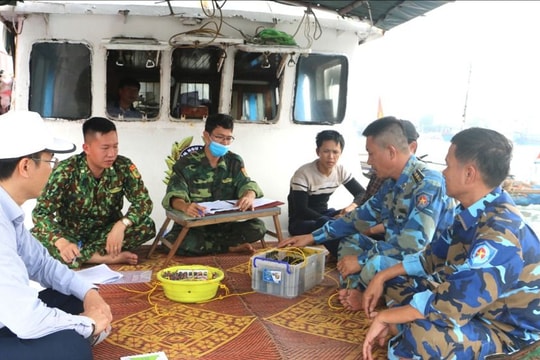China tightens imports, Nghe An agricultural, forestry and fishery products face difficulties
(Baonghean) - Due to the shift from informal to formal exports with requirements for clear traceability, many agricultural and aquatic products of Nghe An cannot be exported to China.
 |
From the beginning of May 2019, Vietnamese agricultural products exported to China must follow official channels and ensure product quality, packaging, labels, and traceability. Importers must clearly declare the origin, and products must meet technical packaging requirements...
Faced with that reality, seafood products in Nghe An are very difficult to consume, many places are in stock. Quynh Lap ward, Hoang Mai town is one of the localities with a tradition of exporting seafood to China. The whole commune has 143 large capacity offshore fishing vessels, 20 medium and small capacity vessels and nearly 200 nearshore fishing rafts. On average, each year, the whole commune catches over 30,000 tons of seafood of all kinds, about 70% of which are exported to China through unofficial channels, the rest are consumed domestically. However, since China banned unofficial seafood imports, fishermen and traders in Quynh Lap have been in a very difficult situation.
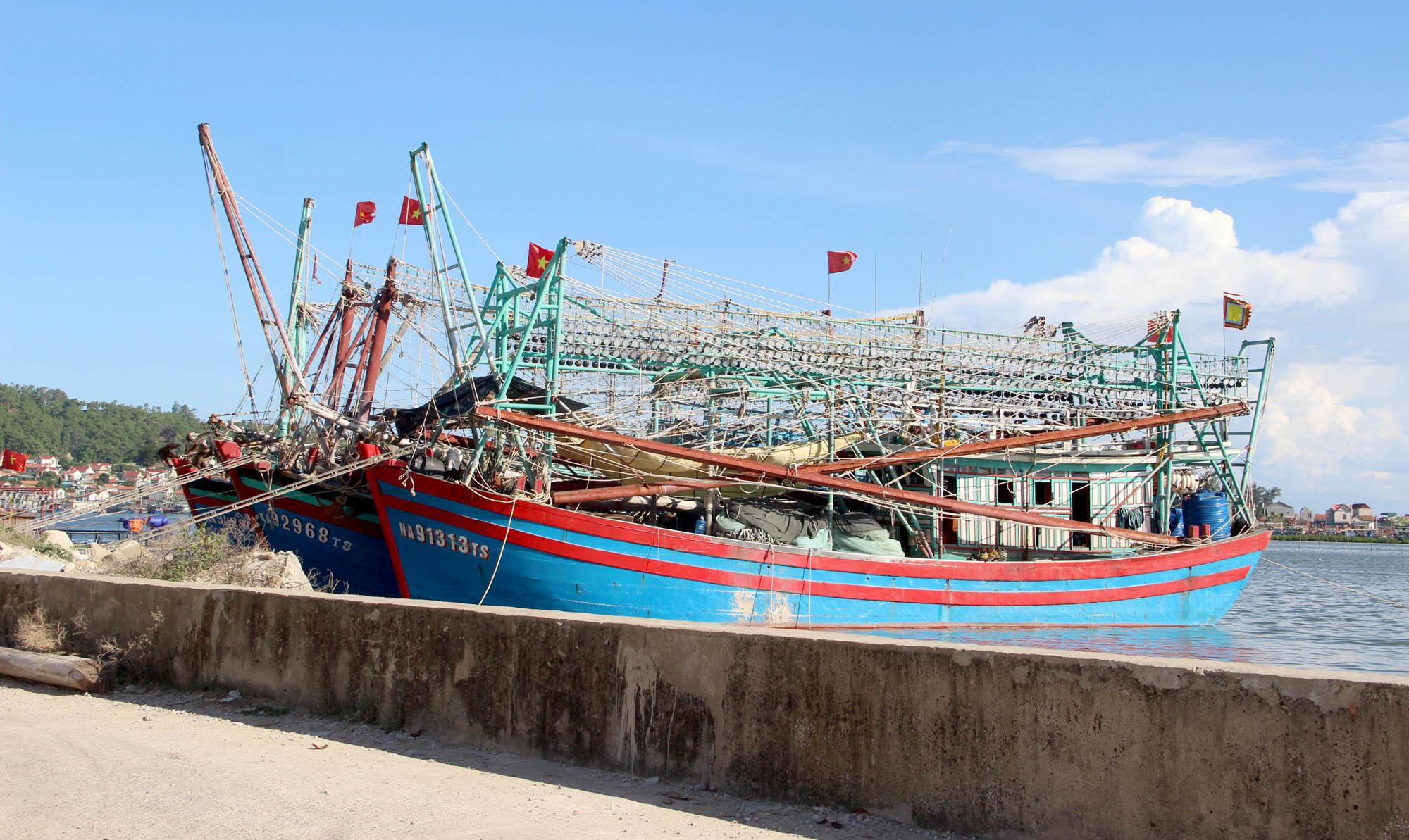 |
| Some boats in Hoang Mai have reduced their sea voyages because they are not profitable due to the decline in seafood prices. Photo: Quang An |
Mr. Nguyen Phuc So, Dong Tam hamlet, Quynh Lap commune (Hoang Mai) said: Since China banned small-scale exports, seafood when arriving at the port has been forced down in price by traders, but if not sold, it will not be preserved for long, leading to spoilage. That being said, the seafood that has seen a sharp drop in price are key export items such as hairtail fish from 120,000 VND/kg to only 60,000 - 80,000 VND/kg, anchovies from 13,000 VND/kg to 8,000 VND/kg...
Ms. Phan Thi Phong, owner of a seafood purchasing agency for people in Hoang Mai town, said: In the past, after purchasing seafood, we would put it in freezer trays and transport it to Mong Cai border gate and take the boat to China. Now, we have to carefully pack the goods in foam boxes and then put them in packaging. When we get to the border gate, we have to rent a car to go to China by road, which costs many times more... Due to increased costs and many risks, we are forced to lower the price of seafood purchased from people to compensate for other expenses.
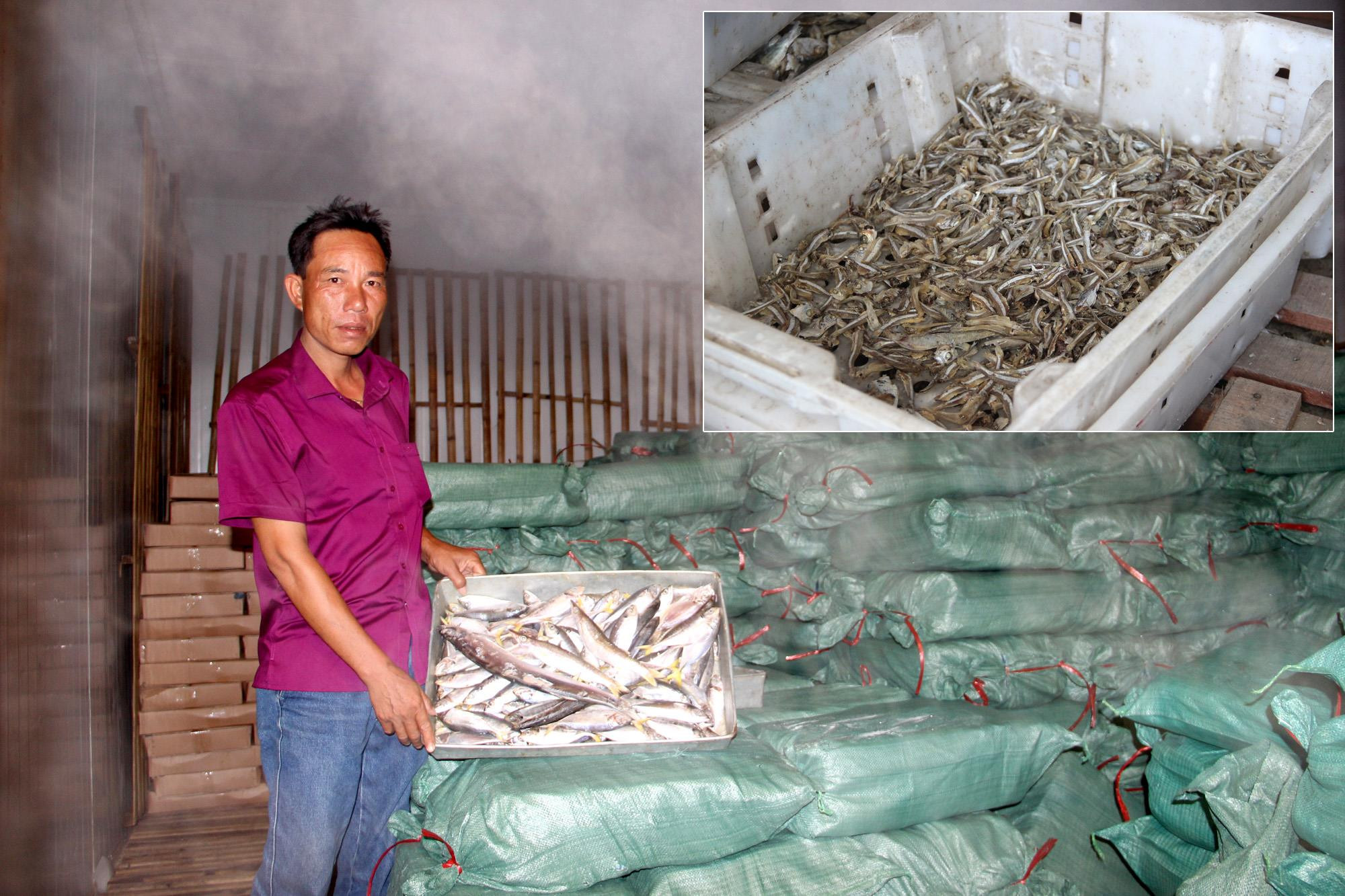 |
| Most of the cold storages in Quynh Lap commune, Hoang Mai town have unsold goods because they cannot export to China. Photo: Quang An |
Unable to export to China, while the domestic consumption market is still limited, tons of seafood have to be "stuck" in cold storage.
Thousands of tons of cassava starch from Nghe An are also stuck in storage because they cannot be exported to China as before. Mr. Nguyen Hong Phuc, a cassava processing business in Hamlet 10, Nghia An Commune, Nghia Dan, shared: From the beginning of 2019 until now, our facility has produced over 300 tons of cassava starch. In previous years, traders bought all the produced amount at 12,000 VND/kg to export to China through unofficial channels.
However, this season, the inventory cannot be sold, to have funds to cover expenses, we have to sell cassava flour at a price of more than 8,000 VND/kg to the domestic market, which is 200 tons, and currently there are more than 100 tons unsold. According to research, Nghia Dan district has 5 cassava processing facilities, currently having an inventory of 4,000 - 5,000 tons of unsold cassava starch.
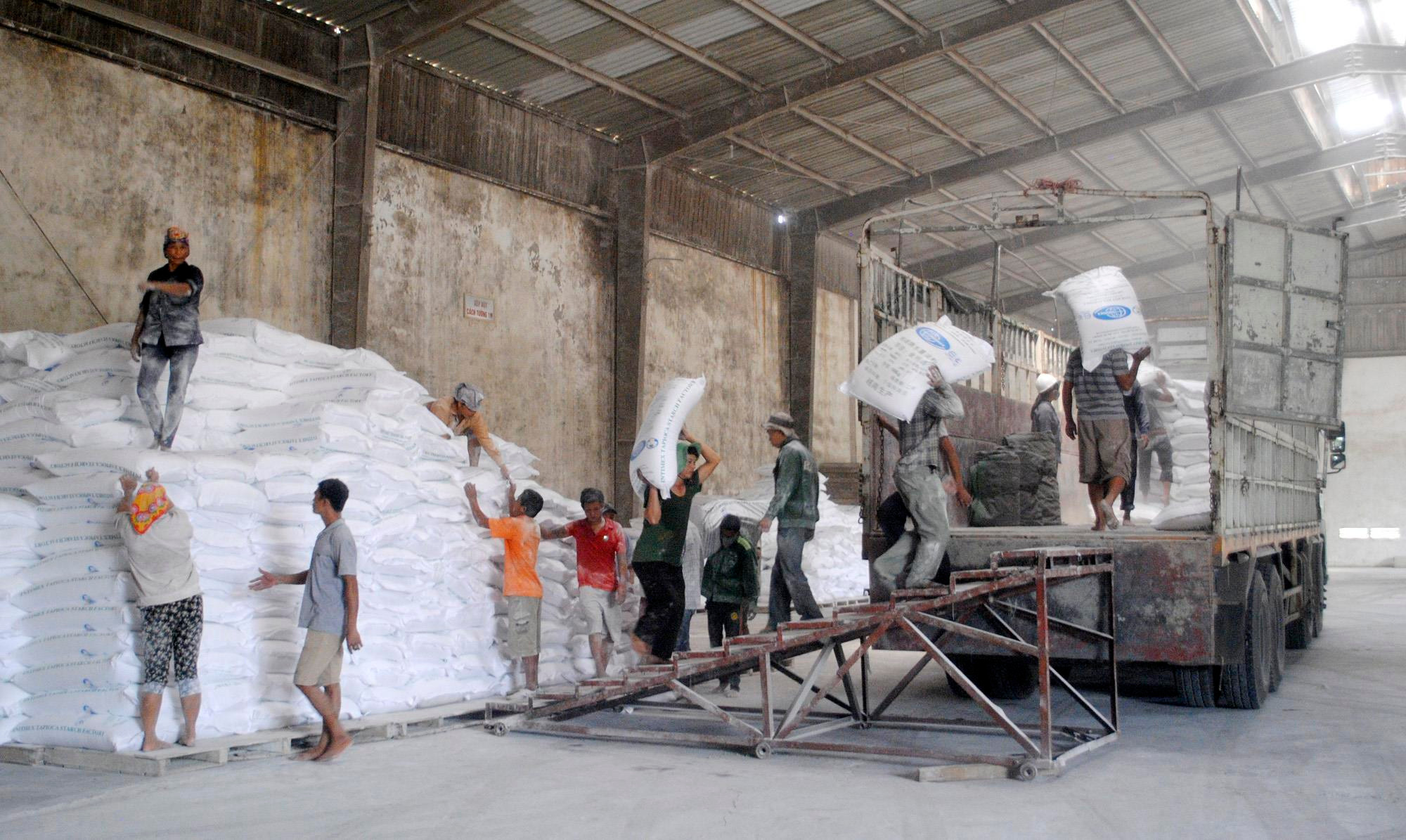 |
| Nghia Dan people transport cassava flour to the South for consumption. Photo: Van Truong |
 |
Mr. Nguyen Hong Phuc, a cassava processing business in Hamlet 10, Nghia An Commune, Nghia Dan, added: “China’s tightening of unofficial sugar imports is causing us great difficulties. Because we are only small processing facilities, after this incident, we really need large enterprises to sign purchasing contracts with processing facilities and implement traceability for official export.”
Some fishmeal processing facility owners shared: "We are in dire need of support and guidance from all levels and sectors to complete the procedures to facilitate the export of goods."
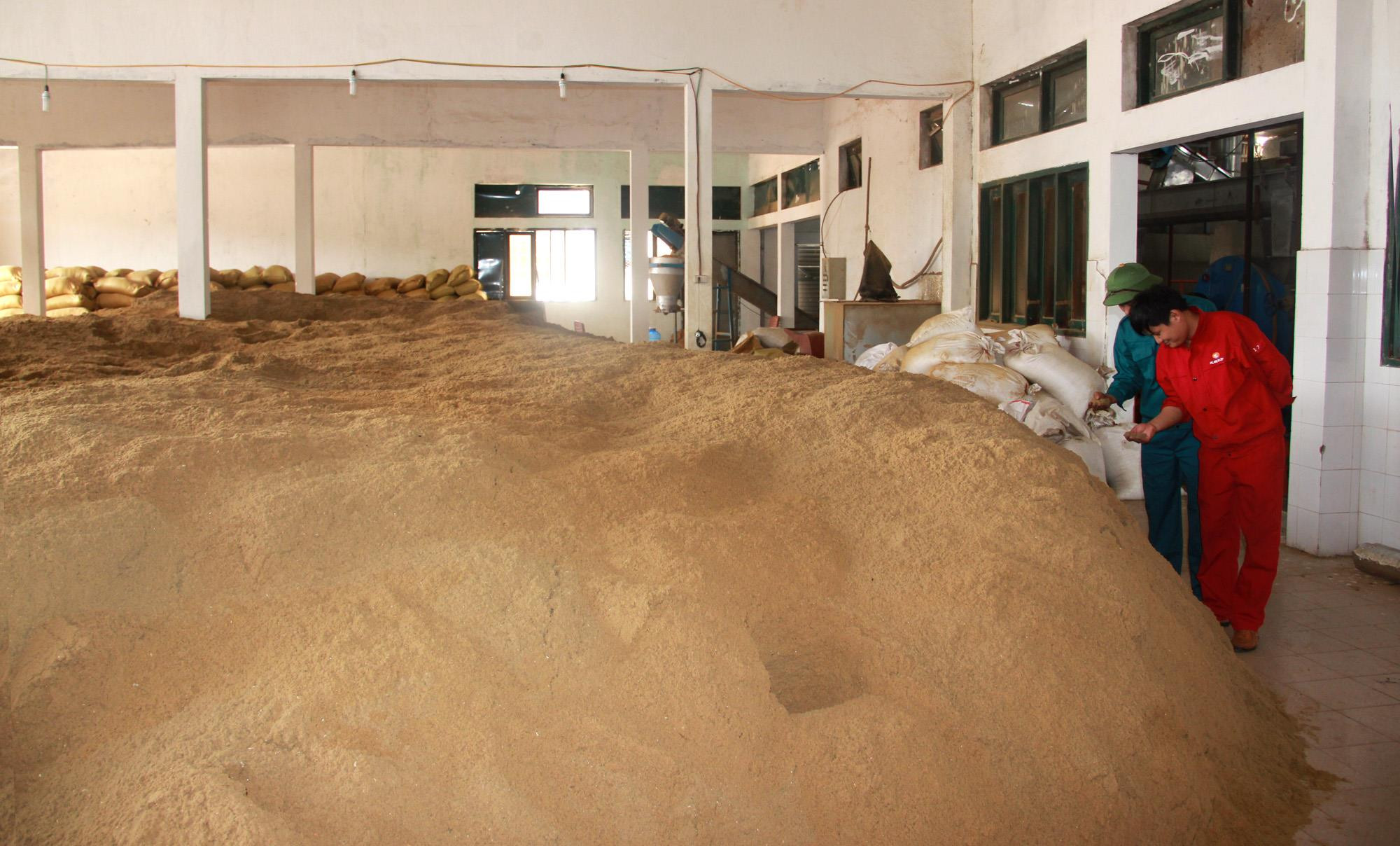 |
| Fishmeal backlog at a processing facility in Quynh Thuan, Quynh Luu. Photo: Quang An |
Mr. Vu Tuan Dung - Vice Chairman of Hoang Mai Town People's Committee said: In the short term, we encourage warehouse owners who cannot preserve for a long time to try to consume domestically to reduce losses. In the long term, fishermen and traders will have to be trained to complete procedures and documents, aiming for official export, both helping goods circulate smoothly and increasing the value of the goods.
Discussing this issue, Mr. Nguyen Van Lap - Deputy Director of the Department of Agriculture and Rural Development added: China is no longer an "easy" market. Since the beginning of 2019, Vietnamese agricultural products exported to China through official channels have been subject to many new regulations related to agricultural product quality and product traceability. Among them, two important requirements are having a growing area code (certification of production area) and a packaging facility code. Therefore, to be proactive in the production and consumption of agricultural and aquatic products in Nghe An.
Farmers need to change their production mindset, overcome the situation of small-scale and fragmented production, increase links with enterprises, and build production chains. At the same time, organize training and guidance on the process and procedures for registering production area codes and agricultural product packaging facility codes according to regulations. On the other hand, it is necessary to mobilize and guide people to produce according to VietGAP and Global GAP processes, and produce in an organic and sustainable direction...
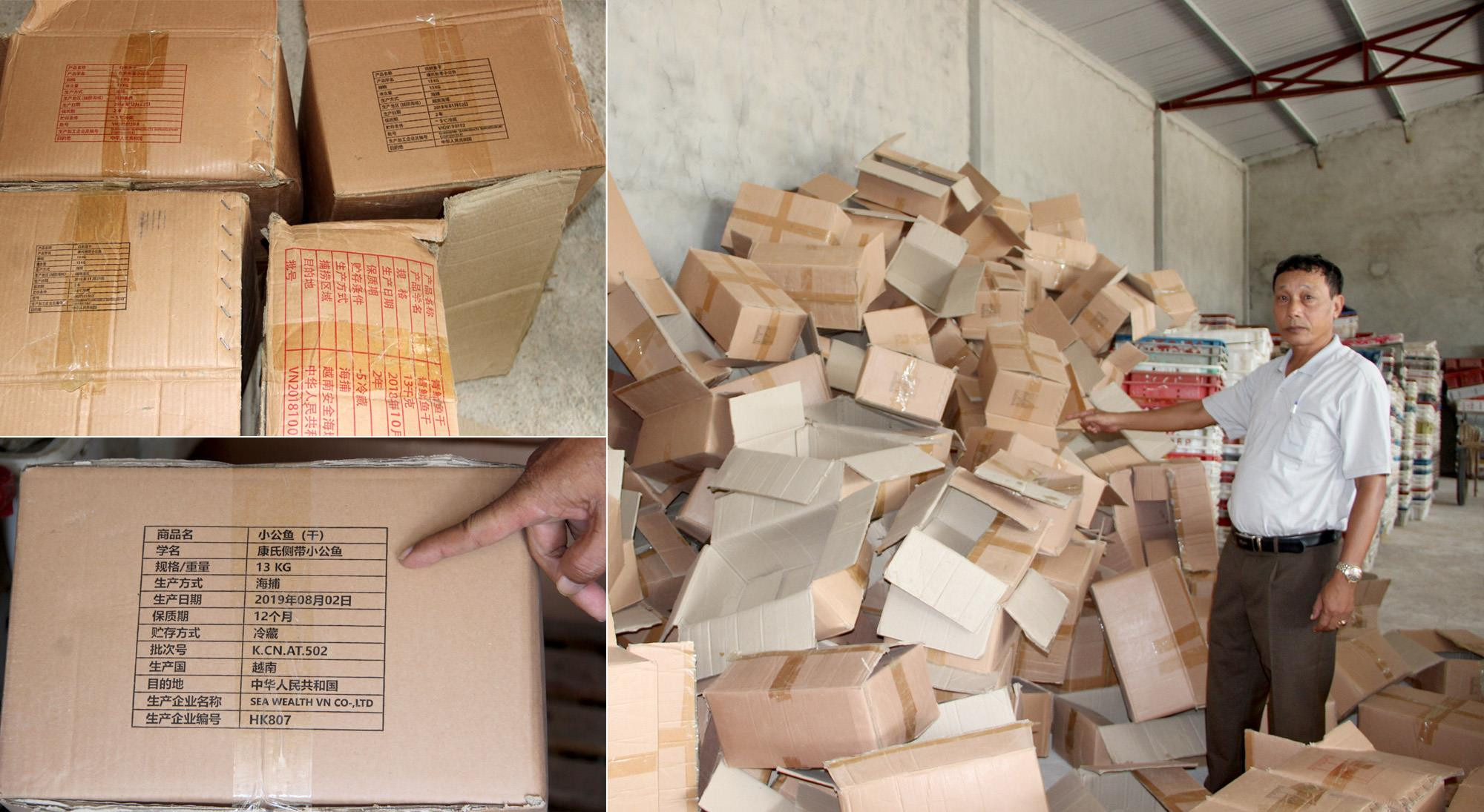 |
| A batch of packaging that does not meet export standards was returned (large photo); The cartons containing the goods also had to have their information changed accordingly. Photo: Quang An. |
Regarding seafood products, the Department of Agriculture and Rural Development is currently directing the Fisheries Sub-Department to coordinate with local authorities, sectors and fishermen to guide each fishing boat to exploit seafood at the correct address and legal origin, especially guiding seafood processing units on procedures and stages of product traceability...
China’s request is a challenge, but also a good opportunity for both businesses and farmers in Nghe An. Because the purchase and sale contracts, import and export between the two sides have a higher legality, which is an opportunity for the agricultural market to be more stable and sustainable.

